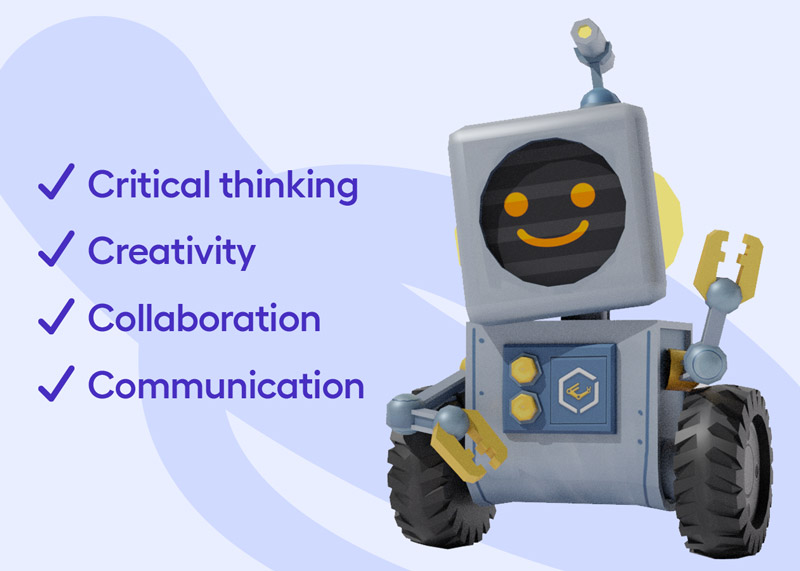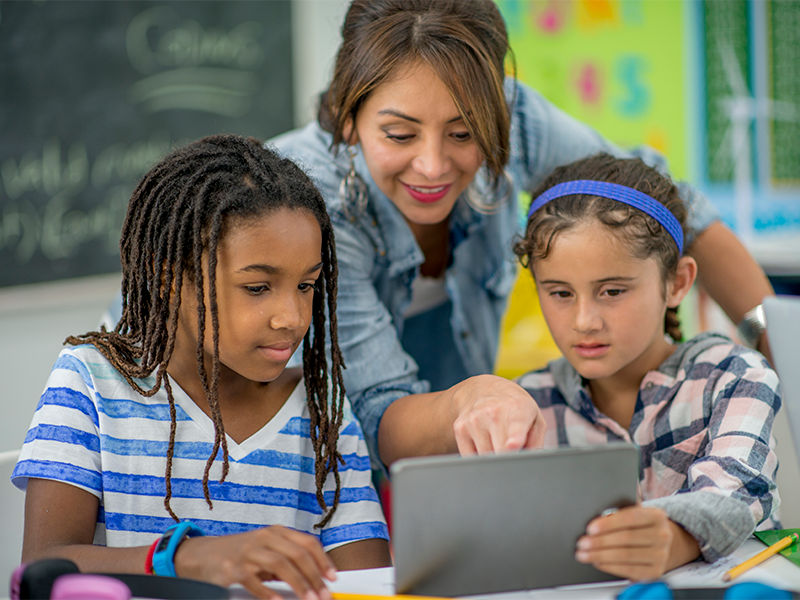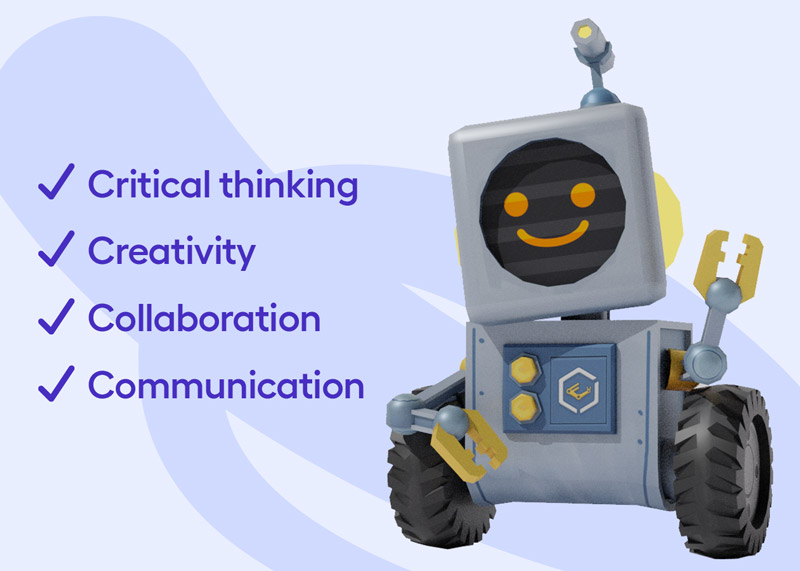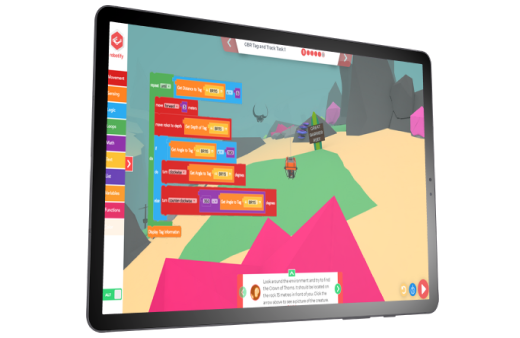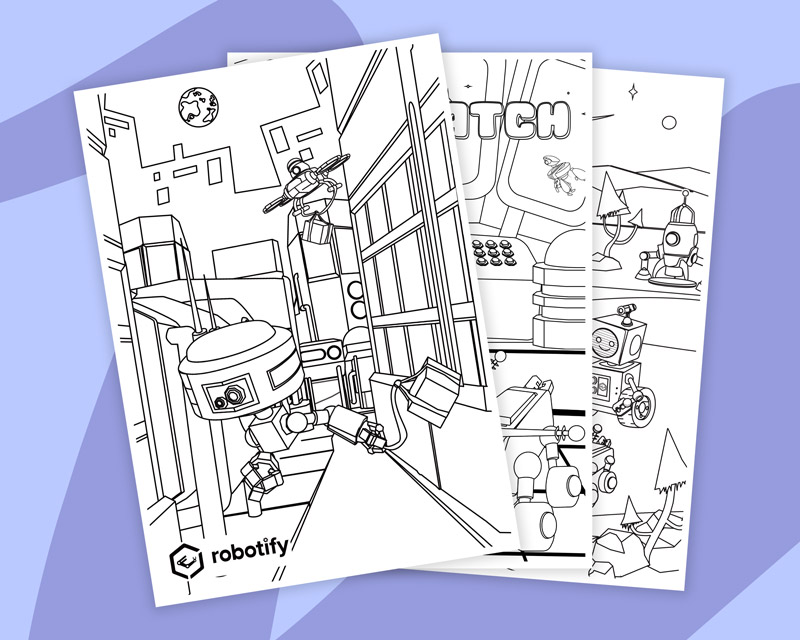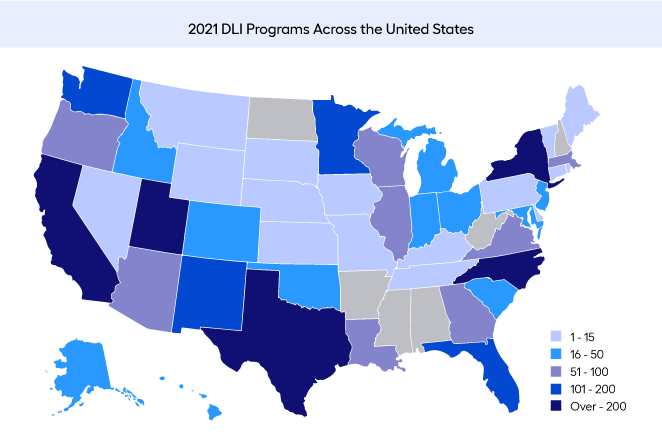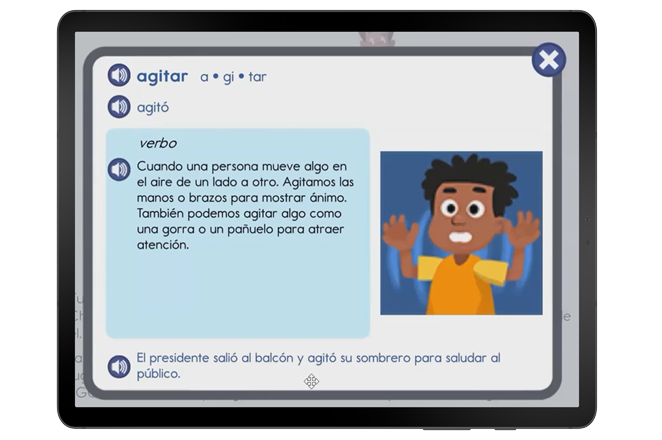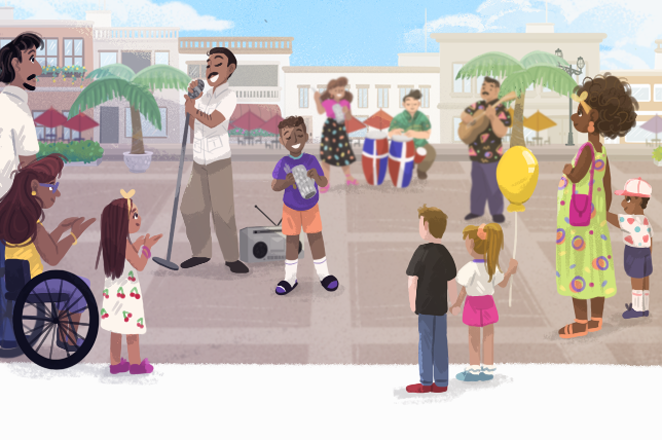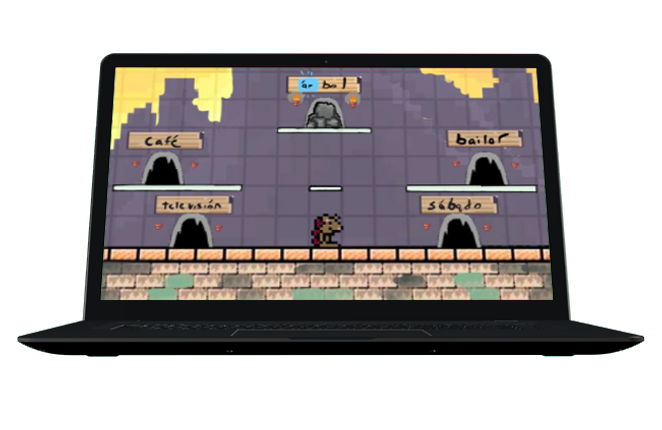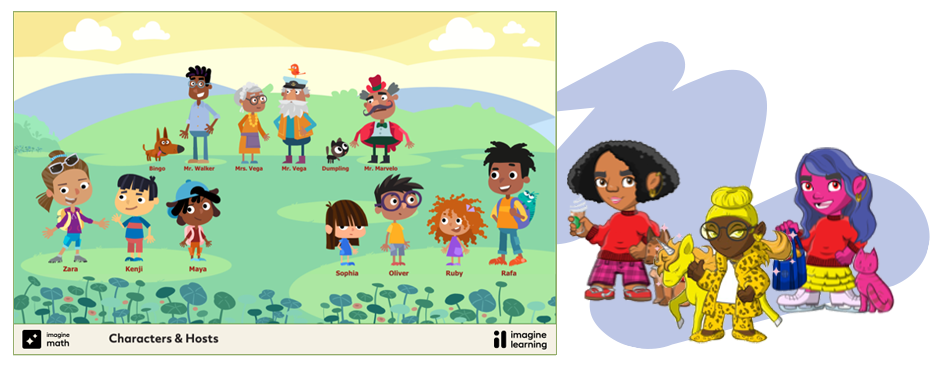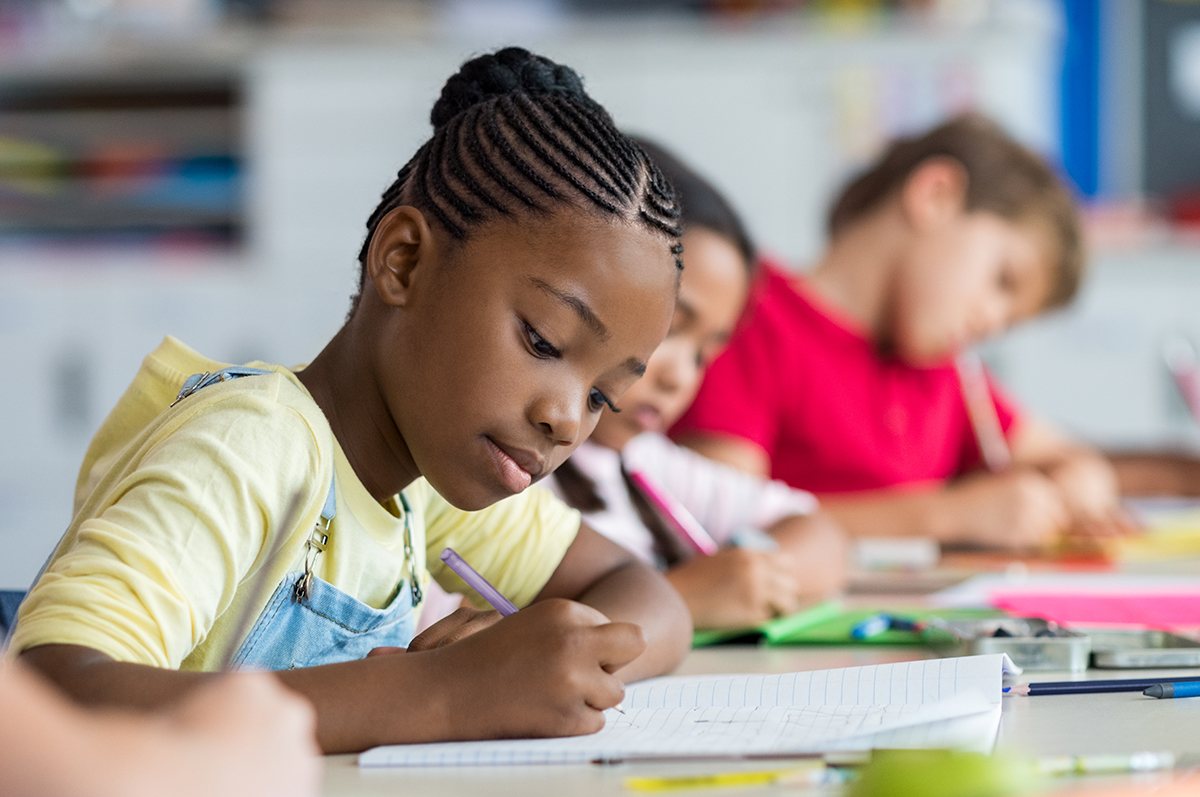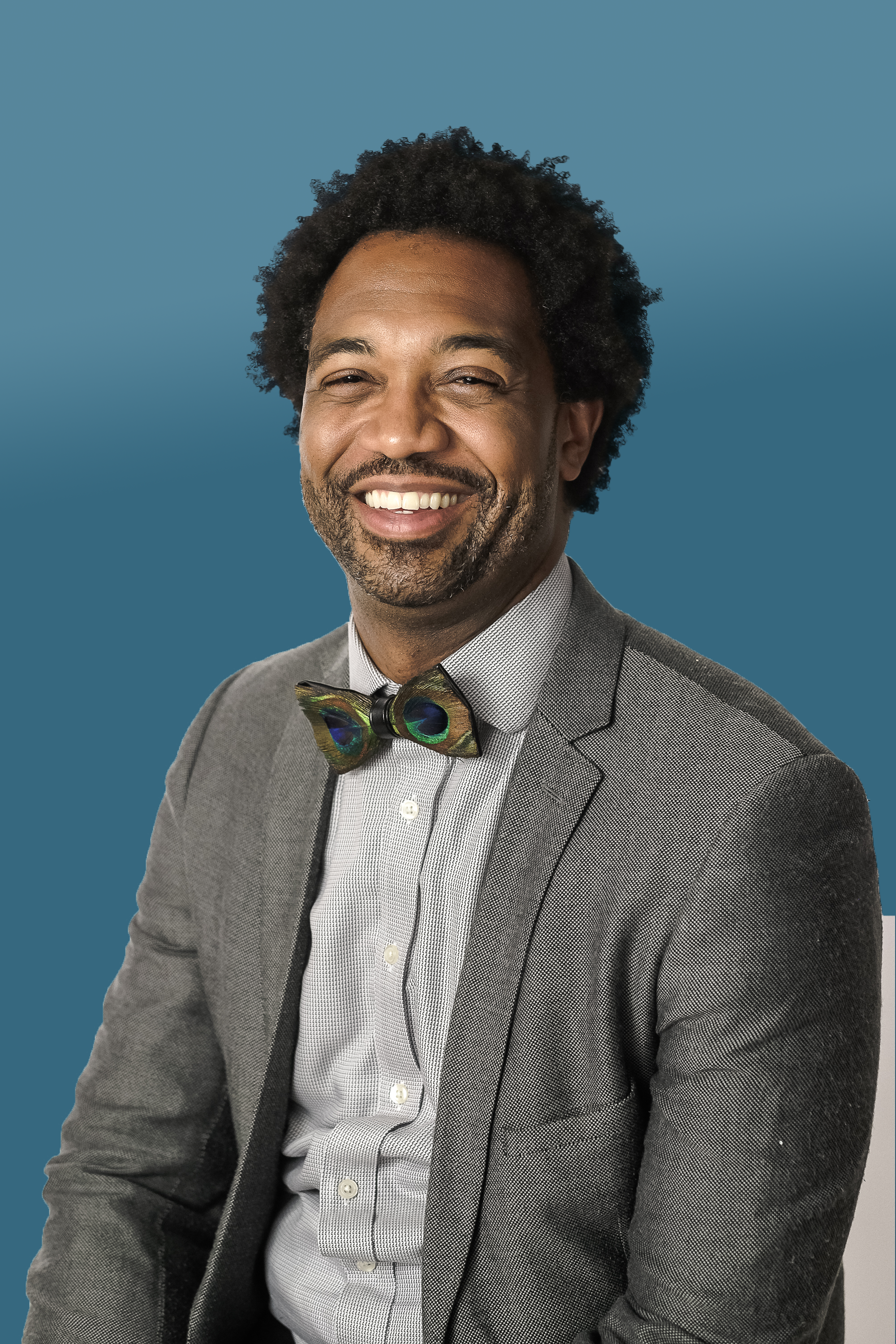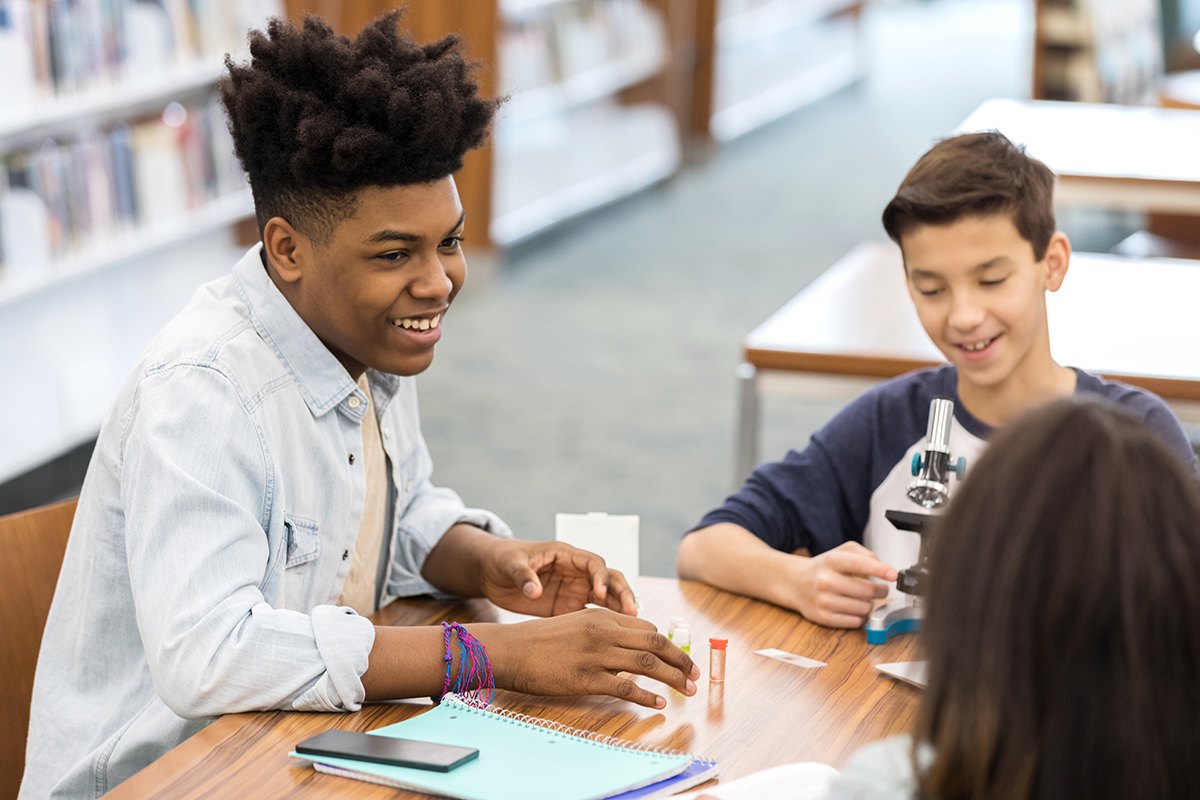What Influences Equity
While our work focuses on equity issues in curriculum, equity in education operates on many interrelated levels that must be addressed holistically to close opportunity gaps.
The first is equity in funding, which is about how we invest in districts and schools. For decades, educators and activists have advocated for equitable school budgets — developed based on student need — rather than equal. And while there has been some recent movement to bring equity to the public school budget process, the reality is that school funding is often both inequitable and unequal — resulting in increased investment in students with existing advantages.
The second is equity in resources, which includes access to technology, digital devices, wireless internet, and other essential tools necessary to learn. As all of these materials cost money, inequitable funding makes it nearly impossible for many districts to deliver equitable resources to their students.
Research shows that the past year both highlighted and deepened the disparities in both funding and resourcing. Although districts stepped up efforts to distribute devices, connect students to the internet, and formalize benchmarks for remote instruction, by fall 2020 Black and Hispanic households were still “three to four percentage points less likely than white households to have reliable access to devices, and three to six percentage points less likely to have reliable access to the internet.”
The third is equity in instruction, which is an area of focus for our work at Imagine Learning. This includes having highly trained and effective teachers, curriculum, and instructional materials that are appropriate, challenging, and culturally resonant.
Like many companies offering digital curriculum, we have seen an uptick in questions around instructional equity and addressing bias in our materials. “Not a single curriculum provider can say their materials are perfect,” said Ohm. “What matters is what is being done to improve them.” We have adopted a rigorous and continuous process to evaluate all our curriculum and make sure it aligns with equitable instructional practices, so we can provide all students with materials that are relevant to their lens and way of life.
Our work is informed by the principles outlined in Universal Design for Learning, which focus on ensuring all students get what they need in the way that they need it, and asset-based pedagogies, which consider individual differences — in language, culture, thought, and other traits and ways of knowing — assets that can be leveraged to make learning more relevant and effective. Ohm explains, “In a classroom where teachers have 25-40 students, creating individual pathways is difficult.” Digital curriculum can help bridge that gap. “Teachers have innumerable opportunities to personalize instruction and provide equitable learning opportunities with digital curriculum,” Ohm said. “By being offered multiple means of communication and representation and through the use of features like translations and audio options, students are able to engage with learning materials in the way that’s most meaningful for them.”
The process of building more equitable instructional materials is iterative, and it will never be finished. “We’re agile in a way that textbooks aren’t,” Ohm said. “We have the ability to effect change right away.” And while it’s only one piece of the equity puzzle, the ability to tailor curriculum to a student’s specific experiences and contexts is powerful.
Where To Focus Next
With so much work still to be done, we are also thinking strategically about how to further equity efforts in our schools and communities. To support communities still affected by the pandemic and families who are hesitant to return to in-person learning, equity means continued access to virtual learning. A new poll released by the National Parents Union, an education advocacy organization, found that “the majority of parents value having a choice between in-person and remote with 56% saying they want both options to be provided next year.” To reduce the opportunity gap for historically marginalized communities, districts must provide quality virtual learning opportunities.
For educators on this journey, there are many resources to help guide explorations and conversations about instructional equity.
The Educational Opportunity Project at Stanford has built the first national database that measures and tracks educational opportunity in every community in the United States, helping educators understand the opportunity gaps in their community. The Wisconsin Department of Public Instruction’s Instructional Practice Guide for Equitable Teaching & Learning series offers practical guidance on how to incorporate universal instruction practices into K–12 mathematics instruction. And the National School Boards Association’s Reimagining School Board Leadership: Actions for Equity provides guidance to school boards seeking to “reimagine and redesign systems for learning.”
Achieving equity in education is an enormous — but not impossible — pursuit. With a clear understanding of the work to be done, a multilayered strategy for addressing equity on every level, and innovative, research-informed tools for putting equity models into practice, we can accelerate equity efforts in our classrooms, schools, and communities.
